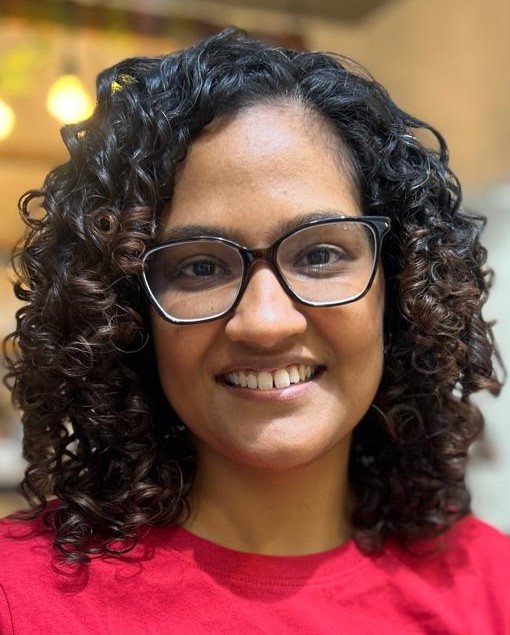How to help low-income students find a funded university place
Students from low-income families often lack the documents needed to apply for a scholarship. This presents challenges for the counsellor – but they’re not insurmountable

I am currently working as a college and career counsellor in an NGO-run school, where 90 per cent of our students belong to low-income families and are often first-generation learners. This presents multiple challenges.
Here, I will focus on helping students from low-income families find the right-fit college with significant scholarship.
I will begin with a hypothetical student and then guide you through the various aspects of how one can support such students.
University counselling for low-income students: a case study
Kate was an average student and was unsure what she wanted to do for her undergraduate studies. She worked on her profile by attending a few online courses and a summer programme. These programmes provided exposure and helped her narrow down her choices.
She decided to apply for an economics programme at a liberal arts college in India. To attend such a programme, she would need to apply for scholarships.
To receive a scholarship at any college, students must provide various documents. In India, this is often a challenge, because a significant portion of the population works in the informal sector and lacks the necessary documentation for verification.
Securing a university place – and a scholarship
Now, let us look at the steps taken in this case to help the student secure admission to a liberal arts college, with a significant scholarship.
1. College selection
Kate was academically average. After a series of exercises, she was able to choose a course she wanted to pursue for her undergraduate studies.
As her counsellor, I then wrote down a few points I wanted her to keep in mind – especially financial constraints while researching colleges. The points were:
- Course availability: curriculum, faculty, facilities
- Scholarship availability: criteria, percentage of scholarships generally given
- Housing availability
- Work options on campus
- Other: personal preferences, such as location, climate, extracurriculars.
This helped Kate start looking at colleges with specifics in mind, and reduced her feeling of overwhelm. She also spoke to a few alumni who had studied or were studying the same course, to help give her a realistic picture.
Using this information, she was able to narrow down her options and come up with a few colleges to which she would like to apply.
Counsellor takeaway
- While exploring colleges, students tend to get overwhelmed. It helps to give them small, achievable and specific goals. Also, keep the student’s preferences in mind while you’re guiding them.
- Documenting and tracking their progress is important. Using this information to take informed next steps helps students feel empowered and in control of the situation.
2. Understanding family background and building rapport
During the parent-teacher conference, I learnt about the family’s background and financial limitations. Since Kate was going to be the first person in her family to go to college, the family depended completely on me to guide them through the process.
The relationship between the counsellor and the family was therefore crucial to Kate’s success. I took time to answer questions and address concerns of the family on a regular basis. During these conversations, it was revealed that the family had limited documentation to provide to universities in order to apply for scholarships.
Counsellor takeaway
- The counsellor should involve the parents in the process as soon as possible, since all these processes are new for them. Listening and answering questions is key to building trust at this stage.
- Each family is different, as is the manner in which they handle finances. Taking the time to understand the family’s finances and their willingness to share details with a university is therefore a crucial step.
3. Documentation
After learning about Kate’s situation, I began researching her options. After consulting with a few university representatives and colleagues in the field to get some advice, I discovered that an income certificate from the local revenue office could serve as proof of income. This document is accepted in India for all informal-sector workers and could support our scholarship application.
I then guided Kate’s parents through the process of applying for the income certificate, which they received within a month.
Another important step was to write a strong letter of recommendation for the student, explaining how the family had fought every challenge that came their way to support her education, and how the student had worked hard through it all.
Counsellor takeaway
- Strategically start preparing students’ documents from the beginning of the year, if you are aware of their financial status.
- Below is a list of documents (prepared internally) that students would generally need to apply for a scholarship in India.
- Researching and familiarising yourself with your own country’s documentation system helps counsellors navigate through such circumstances.
- Create a WhatsApp group of professionals in your region who can help one another.
Give the student a list of all the paperwork they will need so they can ensure they collect the right documents.
This could include a birth certificate, a school-leaving certificate, utility bills, salary slips and any loan documents This will vary across countries and students’ circumstances.
4. Working with college representatives
Kate applied to a couple of colleges and received two acceptance letters. We began working on the scholarship application for both colleges.
She had told me her college preference, so I reached out the representative of her first-choice college. I presented the school profile and Kate's student profile to the college representative and asked them to consider this application.
After I'd had a couple of conversations with the university, Kate’s case moved forward, and she and her family were invited for a scholarship interview. Before the interview, I prepped the family for the types of questions that might be asked.
Before the college could share its decision with Kate, I was asked if the school could help vouch for her financial need. They wanted a letter from the school stating that Kate demonstrated need. After a conversation with management of my school, a letter stating the same was submitted to the college and the scholarship was awarded.
Counsellor takeaway
- Building relationships with college representatives and their management is a crucial step. Once the college is aware that students coming from your school have particular needs, and are of a particular calibre, it is more open to granting them scholarships.
- Once a college has an established relationship with the school, it may be more willing to meet to discuss individual students. After the student receives a letter of admission, the counsellor should create a profile of the student to be presented to the college. This profile should include the student’s background, grades, aspirations and goals in life. This gives the college a holistic view of the student and allows it to make pragmatic decisions.
- It is important for the students to apply for and have the necessary documentation in time for scholarship application. The documents play a key role in final decision-making for colleges. The student’s family must be open to sharing the status of their finances in the financial aid or scholarship interviews that college representatives conduct.
- Proactively informing the school management about all aspects of the college enrolment process and details of scholarships received helps maintain a good relationship. Currently, we have a fortnightly update meeting with the head of school. We also share all other relevant data with them from time to time.




